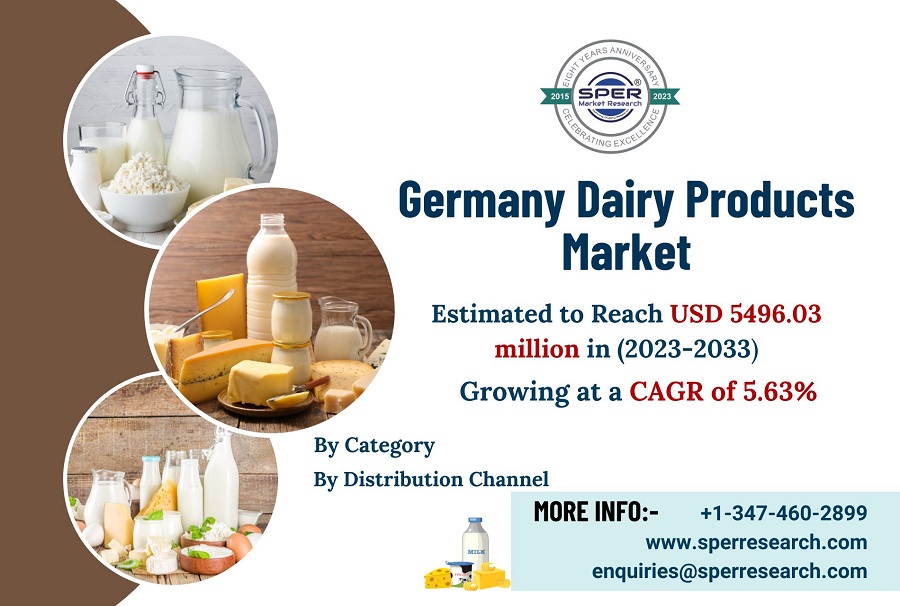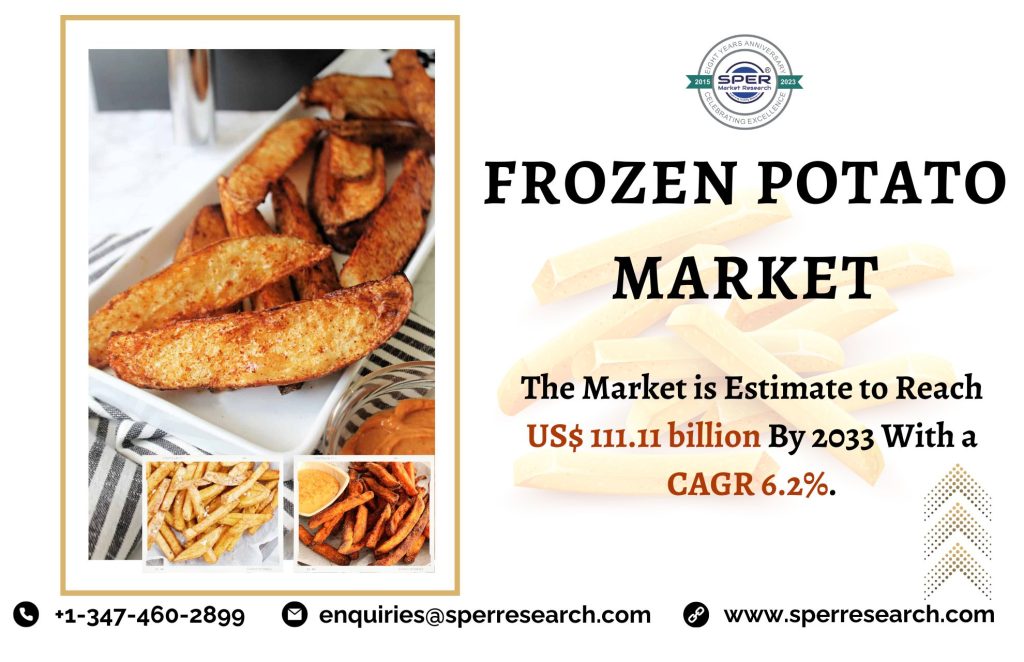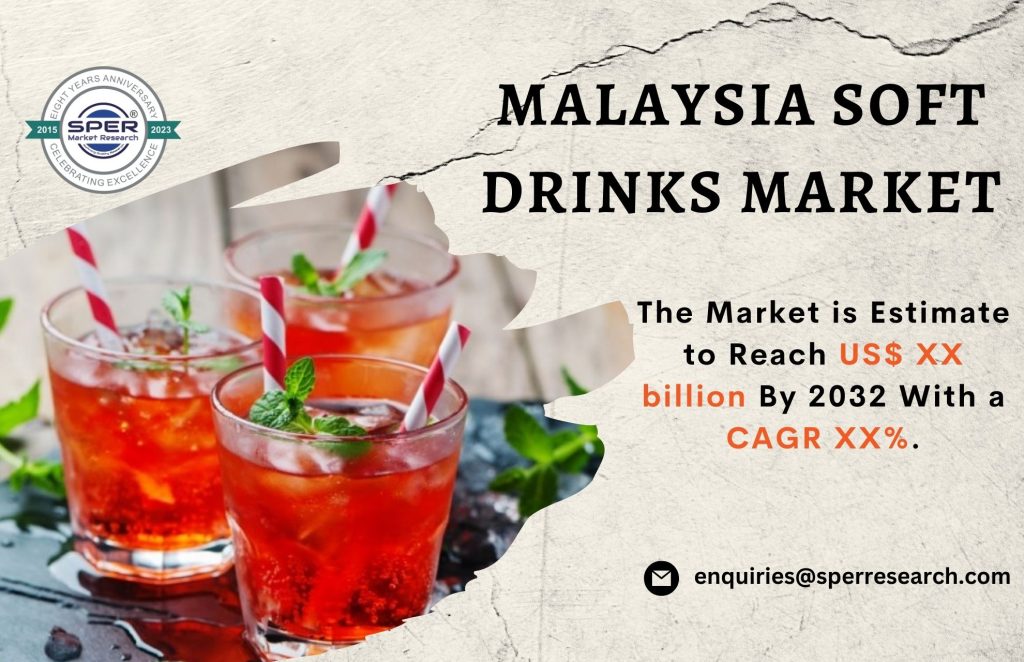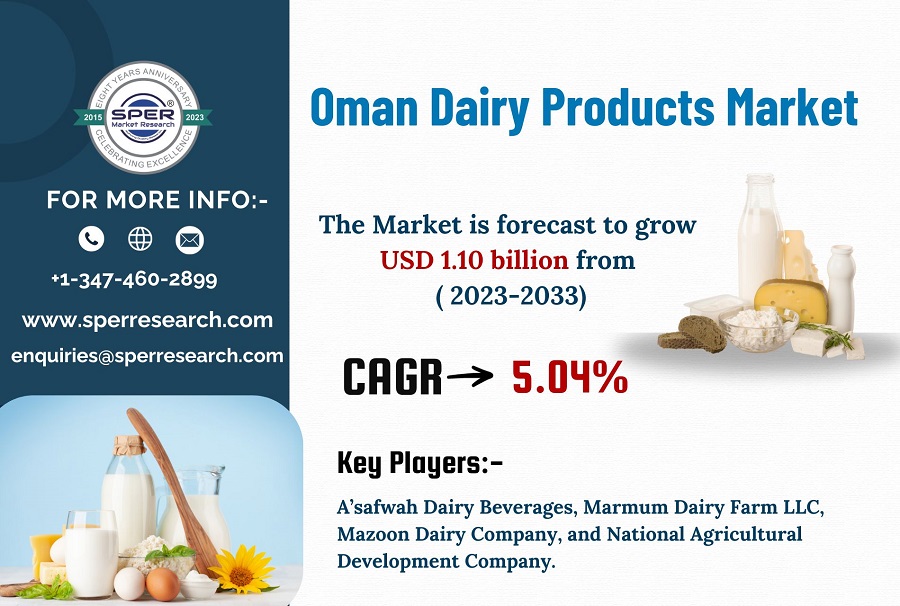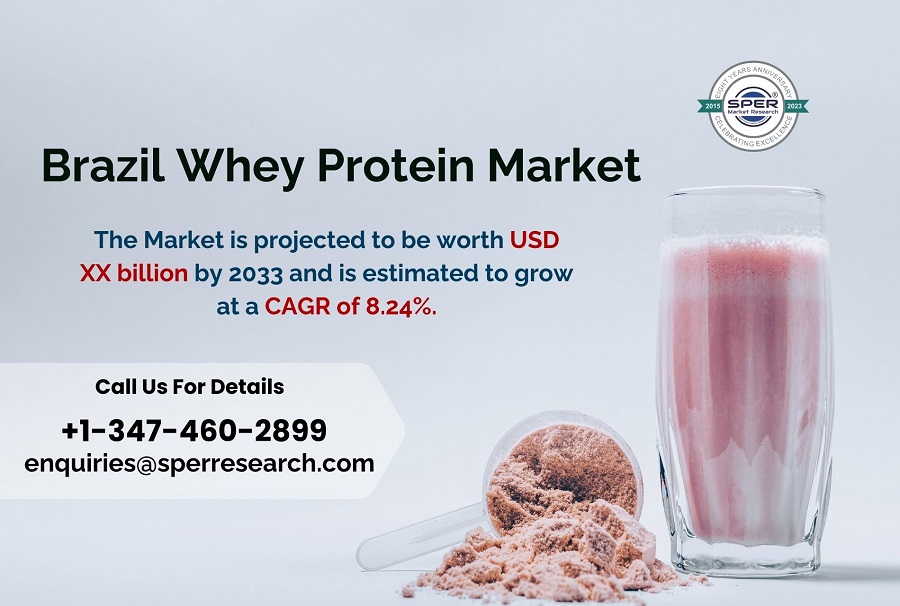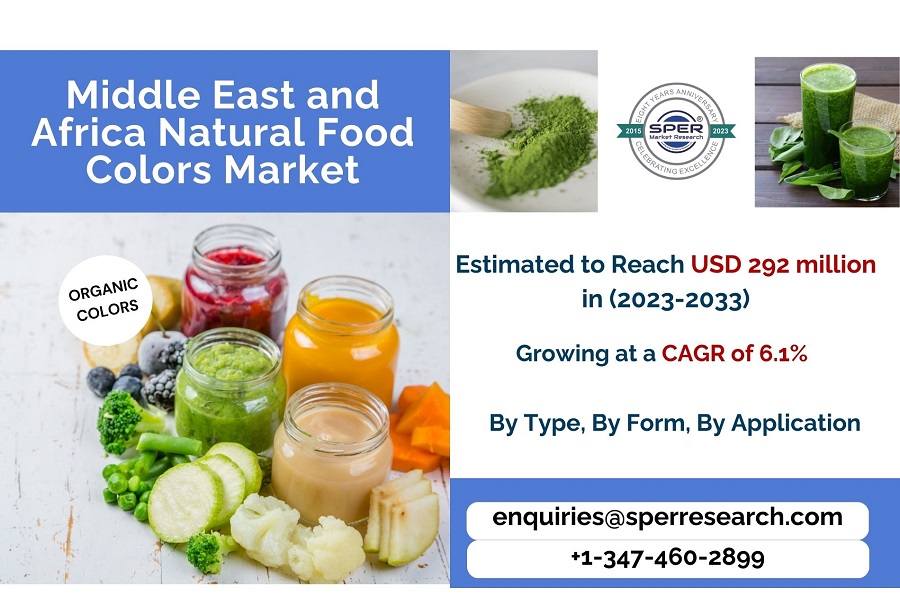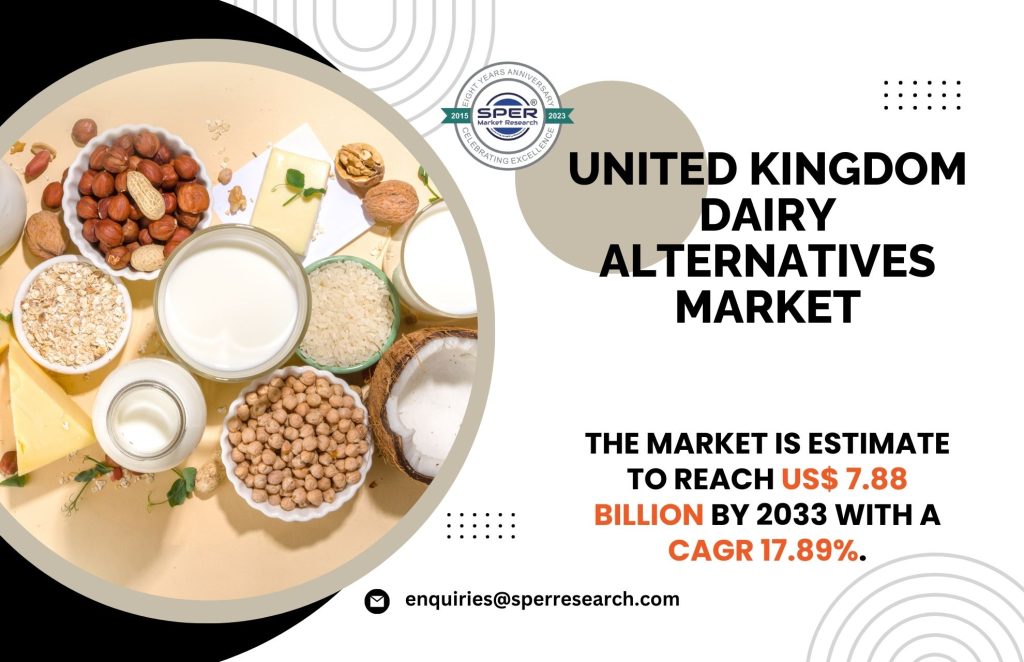Milk, butter, and non-fat dry milk powder are examples of dairy products that are similarly standardized. Specialty cheeses, fermented drinks, and milk protein segments used in food and drink products are examples of dairy products with a wide range of flavours and varieties. Dairy products are consumed worldwide, but some are made in the country and consumed there. Fresh milk, cheese, and yogurt are examples of products that should be consumed right away.
According to SPER market research, ‘Germany Dairy Products Market Size – By Category, By Distribution Channel – Regional Outlook, Competitive Strategies and Segment Forecast to 2033’ state that the Germany Dairy Products Market is predicted to reach USD 5496.03 million by 2033 with a CAGR of 5.63%.
In Germany, it is anticipated that unprocessed cheese will surpass processed cheese due to consumers’ growing preference for healthier options. The demand for unprocessed cheese is growing because consumers prefer it to other, less healthful options. Meat consumption among German consumers has decreased over time. This behavior is expected to increase consumer demand for high-protein foods and dairy products like cheese. A growing preference for cheese, especially soft cheese, is being shown by German consumers who are beginning to replace meat and sausages with soft barbecue cheese. Similar to soft drinks, flavor-infused milk is becoming more and more popular as an easy replacement.
The population’s increasing sensitivity to dairy and lactose intolerance has been a major factor in the recent rapid growth of plant-based diets. The use of plant-based dairy products is becoming more widespread, particularly in North America and Europe. Nowadays, a lot of cafés, eateries, and retail establishments carry plant-based products. New plant-based beverage lines have been introduced by numerous food service companies in response to shifting consumer preferences. Plant-based dairy products are becoming more and more popular in both developed and developing countries, which will limit market growth.
Request For Free Sample Report @ https://www.sperresearch.com/report-store/germany-dairy-products-market.aspx?sample=1
Impact of COVID-19 on Germany Plant Based Dairy Products Market
The COVID-19 pandemic had a significant negative impact on a number of industries, including the dairy sector. The reason for this was government regulations intended to restrict social events and stop the virus’s spread. The product supply was also significantly impacted by a number of other factors, including constrained production as a result of a labor shortage and diminished raw material availability. The epidemic had an effect on producers, importers, and exporters of dairy products, including cheese, butter, and other items. Significant declines in processed dairy product production left major dairy food producers, including Germany, with surplus milk in their processing and storage facilities.
Germany Dairy Foods Market Key Players:
Additionally some of the market players are: ; Arla Foods amba, Bayernland eG, Danone SA, DMK Deutsches Milchkontor GmbH, Frischli Milchwerke GmbH, Groupe Lactalis.
Germany Milk Products Market Segmentation:
The SPER Market Research report seeks to give market dynamics, demand, and supply forecast for the years up to 2033. This report contains statistics on product type segment growth estimates and forecasts.
By Category: Based on the Category, Germany Dairy Products Market is segmented as; Butter, Cheese, Cream, Dairy Desserts, Milk, Sour Milk Drinks, Yogurt.
By Distribution Channel: Based on the Distribution Channel, Germany Dairy Products Market is segmented as; Convenience Stores, Online Retail, Specialist Retailers, Supermarkets and Hypermarkets, Others.
By Region: This research also includes data for Eastern Region, Western Region, Southern Region, Northern Region.
This study also encompasses various drivers and restraining factors of this market for the forecast period. Various growth opportunities are also discussed in the report.
For More Information, refer to below link:-
Germany Dairy Foods Market Demand
Related Reports:
Follow Us –
LinkedIn | Instagram | Facebook | Twitter
Contact Us:
Sara Lopes, Business Consultant – U.S.A.
SPER Market Research
+1-347-460-2899
